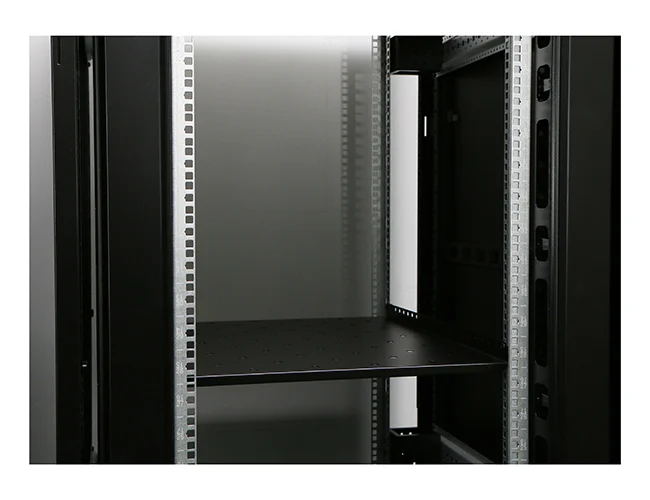News
Site Editor
 Site
https://leonetworkgroup.usa18.wondercdn.com/uploads/image/5fe152faa587d.png
Punching down a patch panel is a crucial task in creating a reliable network. It allows network cables to be terminated and connected to a fixed location, providing a neat and organized infrastructure. In this article, we will guide you on the step-by-step process of punching down a patch panel.Step 1: Gather Materials and ToolsBefore starting the process, gather the necessary materials and tools
Site
https://leonetworkgroup.usa18.wondercdn.com/uploads/image/5fe152faa587d.png
Punching down a patch panel is a crucial task in creating a reliable network. It allows network cables to be terminated and connected to a fixed location, providing a neat and organized infrastructure. In this article, we will guide you on the step-by-step process of punching down a patch panel.Step 1: Gather Materials and ToolsBefore starting the process, gather the necessary materials and tools
How To Punch Down A Patch Panel
Views: 536
Author: Site Editor
Publish Time: 2023-07-11
Origin: Site
Punching down a patch panel is a crucial task in creating a reliable network. It allows network cables to be terminated and connected to a fixed location, providing a neat and organized infrastructure. In this article, we will guide you on the step-by-step process of punching down a patch panel.
Step 1: Gather Materials and Tools
Before starting the process, gather the necessary materials and tools that you will need. These include a patch panel, punch down tool, cable stripper, network cables, and cable ties. Make sure that the materials and tools are of high quality and are suitable for the type of network you are setting up.
Step 2: Strip the Cables
Using the cable stripper, strip the outer sheathing of the network cables. Make sure that the wires inside are not damaged or frayed. Cut off any excess cable sheathing, leaving about 1 - 1.5 inches of untwisted wires.
Step 3: Plan and Label
Before punching down the cables, it's essential to plan and label each connection. Plan where each cable will be connected, and label each port with an identifier that corresponds to the specific device or location it will be connected to. This will make it easier to trace and troubleshoot any errors that may occur in the future.
Step 4: Insert the Wires into the Patch Panel
Take a cable and insert the wires into the corresponding slot or port on the patch panel. Make sure that the wires are aligned correctly and that none of them is bent or frayed. Use your fingers to guide the wires and ensure that they are inserted securely.
Step 5: Punch Down the Wires
Use the punch down tool to firmly press each wire into the designated slot on the patch panel. Make sure that the wire is in contact with the metal contact and that it's secure. Repeat the process for all the wires, making sure that none of them are loose or damaged.
Step 6: Test the Connections
Once all the wires are punched down, use a cable tester to check each connection. This will ensure that each cable is properly connected and that there are no errors or issues in the network.
Step 7: Clean Up
After testing, organize the cables and use cable ties to secure them to the patch panel. This will create a neat and organized infrastructure, making it easier to manage and maintain the network.
Punching down a patch panel requires patience and attention to detail. It's a crucial task in creating a reliable and efficient network, and it's essential to follow the steps correctly to ensure that the connections are stable and secure. With the right tools and materials, punching down a patch panel can be straightforward and easy to do.
If you want to know more about industrial network cabinet,china fiber optic splice closure,china fiber optic distribution box,please consult the fiber optic splice closure factory









